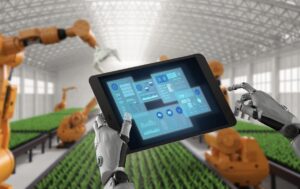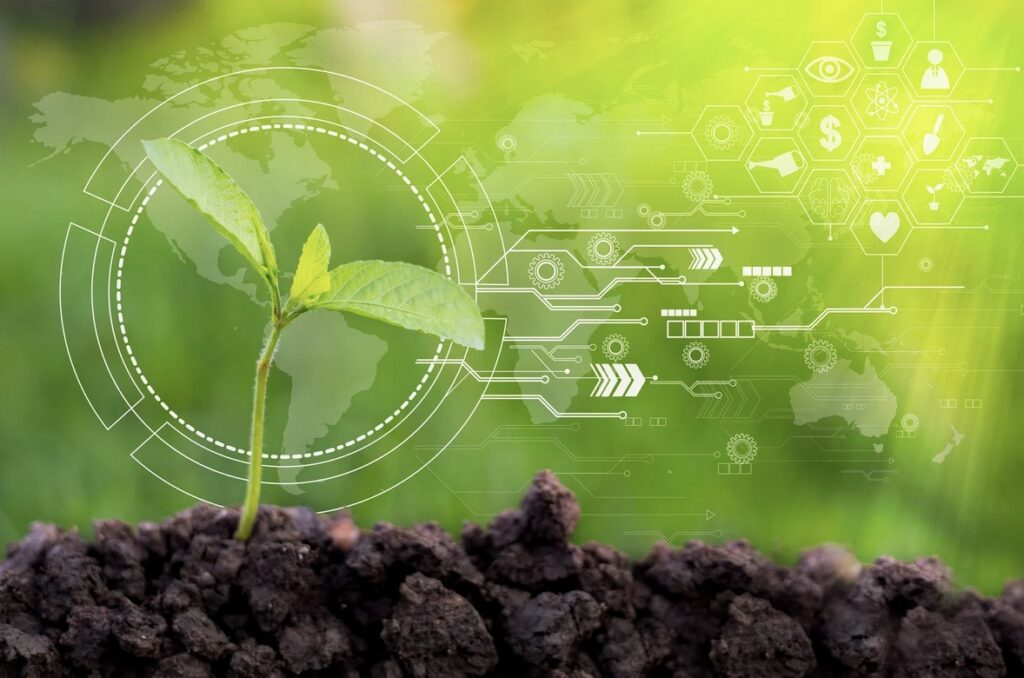Green Powered Technology
Green powered technology, a term at the forefront of sustainability discussions, isn’t a mere buzzword. This branch of technology uses renewable energy sources such as sun, wind, or water to generate power. Unlike traditional energy sources, these alternatives reduce carbon emissions, aligning with global initiatives to combat climate change.
Take electric vehicles (EVs), for instance. These cars don’t use gasoline, instead running on electricity that can be harvested from renewable sources. Or consider solar panels, that transform sunlight into electricity. Each solar-powered home represents a step forward in energy efficiency.
Evolution and Milestones
The journey of green powered technology portrays a timeline of continuous improvement and innovation. From the first commercially successful wind turbine installed in 1981, this journey paved the way for transformative technology in diverse industries.

In 1997, the world saw the launch of the first hybrid car, the Toyota Prius. A decade later, in 2008, Tesla’s first all-electric vehicle, the Roadster, made its grand debut.
This marked a new era of sustainable transportation, propelling subsequent launches of electric vehicles worldwide.
Solar power, too, has evolved impressively. Solar installations hit a record high in 2020, with installations amounting to 142.3 gigawatts (GW) globally – around 20% higher than the previous year.
The Impact of Green Powered Technology
Given the pervasiveness of green powered technology, it’s vital to uncover its tangible impacts. This exploration commences by dissecting the environmental benefits, followed by an analysis of the economic impacts.
Environmental Benefits
Green powered technology presents mammoth advantages for the environment. By harnessing renewable energy sources such as wind, solar, and water, it aids in the significant reduction of greenhouse gas emissions. For instance, a study by the U.S.

Department of Energy in 2020 found that renewable energy technologies could reduce CO2 emissions by 4.5 billion metric tons per year by 2050.
This consequence of embracing green technology epitomizes the role it plays in combating global warming. Interestingly, electric cars serve as a prime example: as they replace conventional vehicles, there’s a drastic decline in the burning of fossil fuels, tightening the check on air pollution.
Economic Impacts
Besides environmental fortification, green powered technology bolsters the economy. Investments in renewable energy lead to job creation. The International Renewable Energy Agency reported in 2020 that approximately 11.5 million people were working in renewable energy worldwide, reflecting a steady growth in green jobs. Additionally, green technology encourages small business development. Homeowners installing solar panels generate their own electricity, selling the surplus back to the grid. This not only empowers them, monetarily but fosters a culture of energy independence.
Key Innovations in Green Powered Technology
In the realm of green powered technology, numerous innovations have signposted the path toward a sustainable future. From renewable energy sources to energy storage and distribution — let’s delve deeper into these key advancements.
Renewable Energy Sources
Exploiting renewable energy sources signals a significant stride in green powered technology.

Wind power, too, embodies a testament to innovation. Enhanced rotor diameters and heightened turbine towers enable these machines to harness more wind energy than ever before.The Vestas V164, a high-capacity wind turbine, brandishes a spectacular capacity of 9.5 MW.
Lastly, hydroelectric power plants, by harnessing water currents, offer a dependable renewable energy source. Innovations like the portable water turbine by Waterlily significantly increase mobility and accessibility, further promoting the use of this energy source.
Energy Storage and Distribution
Innovations in energy storage and distribution techniques represent a pivotal pillar supporting the viability of green powered technology. Energy storage technologies, particularly advanced battery systems, are experiencing rapid advancements. Lithium-ion batteries, for instance, have unveiled remarkable energy densities — with Tesla’s Roadster sporting a unique 250 Wh/kg.
Besides storage, efficient energy distribution networks form the backbone of sustainable power ecosystems. Smart grids, for instance, facilitate real-time monitoring and managing of energy resources, paving the way for efficiency and reliability. Indeed, the Pacific Northwest Smart Grid Demonstration project, among others, confirms the potential of such networks.
These innovative strides in renewable energy and efficient distribution and storage techniques underpin the progress made in green powered technology. Together, they catapult us closer to a sustainable and resilient future.

